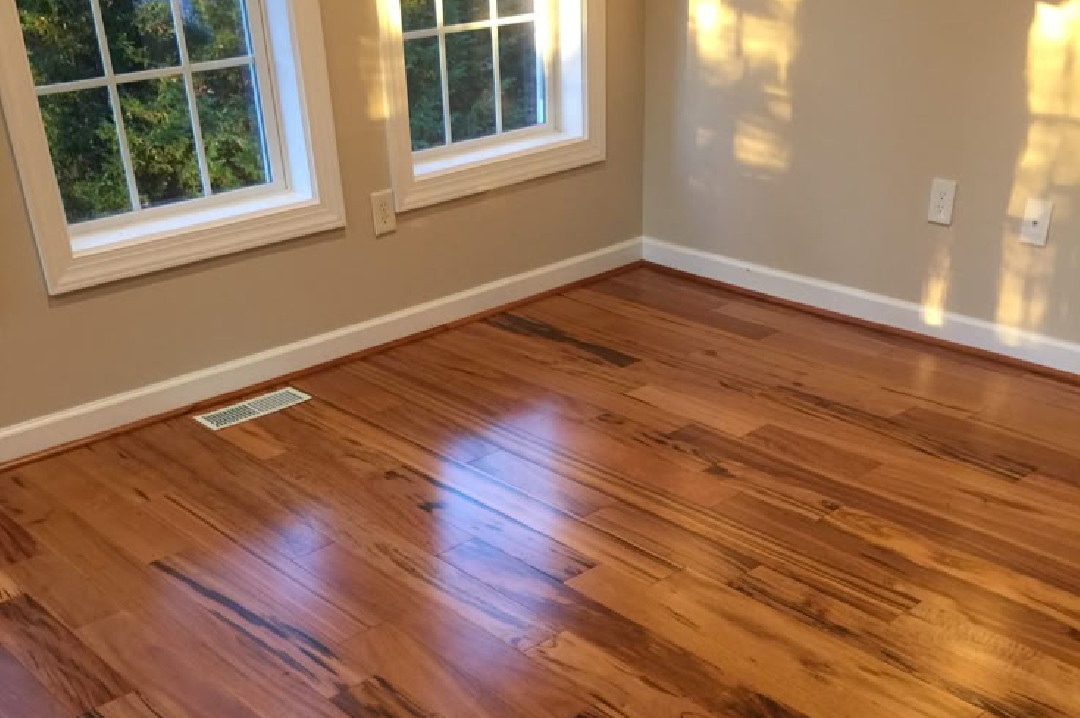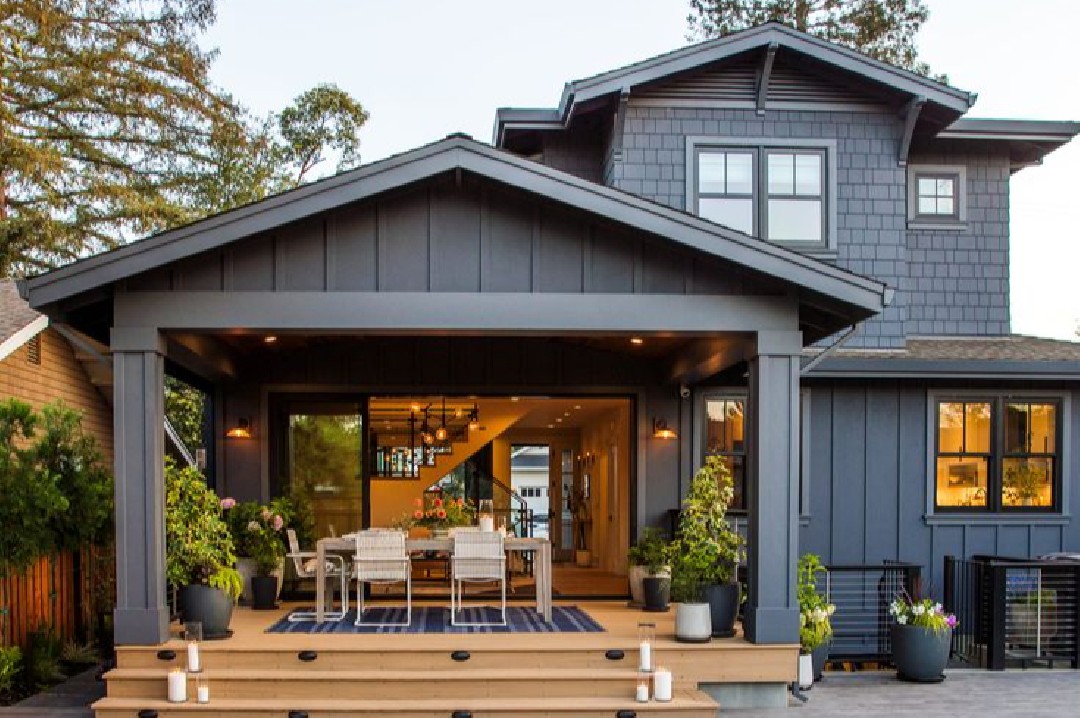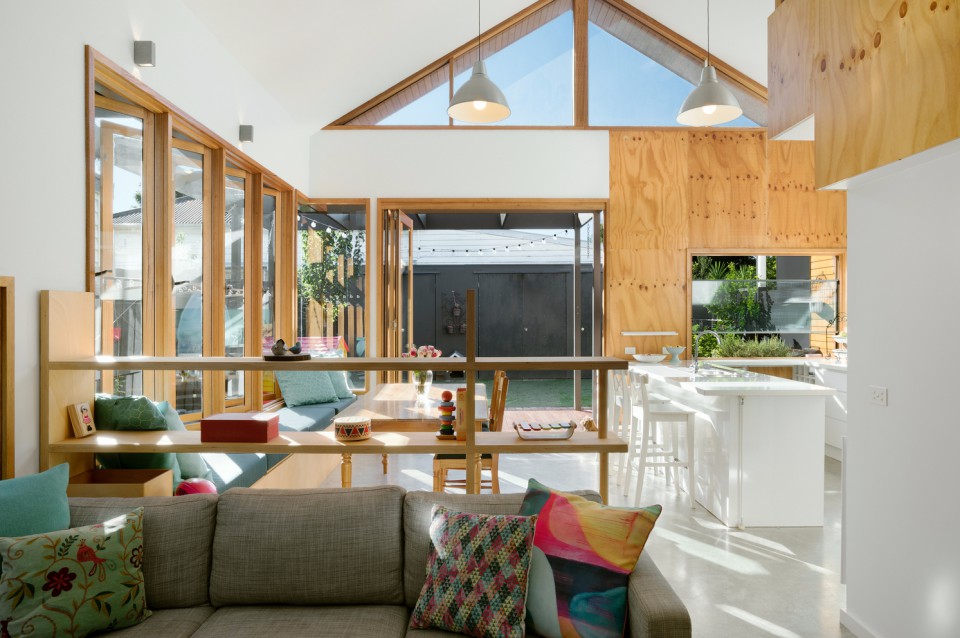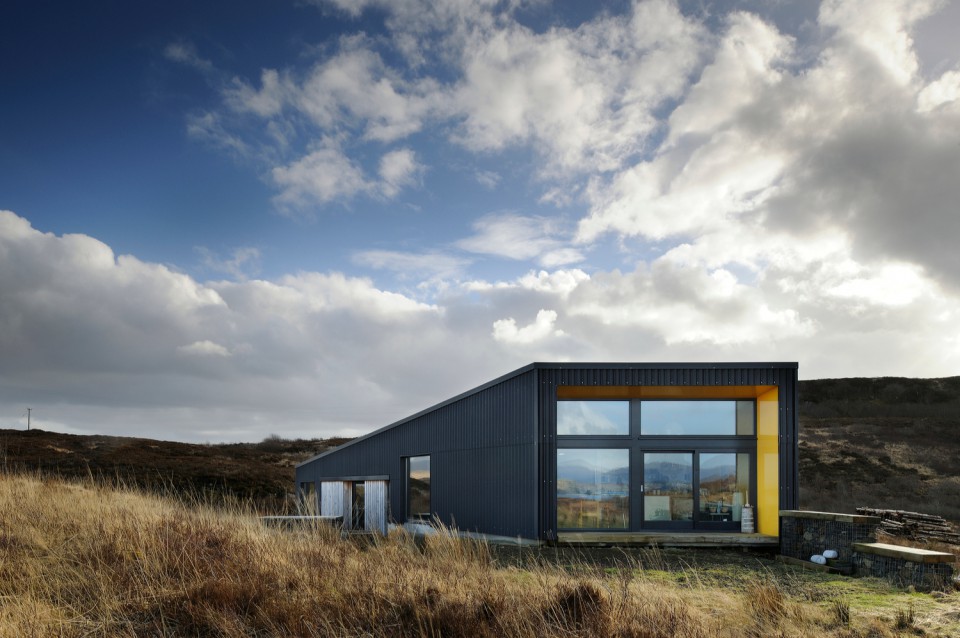Types of Flooring for the Home: Advantages, Disadvantages, and Application in Each Room

To create a beautiful house we not only have to make the outside appearance attractive but we also pay attention to the inside appearance. From this, before we decide to build a house, we must first know what material to use for the floor. This aims to know the shape of the house in detail. Flooring is an important element in a room, both for aesthetics and functionality. Each type of floor has its own characteristics that need to be considered according to space requirements, budget and desired style. Thus, here are several popular types of flooring along with their advantages and disadvantages.
1. Ceramic Floor

This ceramic floor is the floor that is categorized as the floor that is most often used. Rooms that are suitable for using ceramics are bathrooms, kitchens, terraces and laundry rooms, this is because ceramic floors are water resistant, easy to clean and are not easily damaged by humidity. Because of its cold nature, this floor is often used in wet or damp areas. And here are the advantages and disadvantages of ceramic beaches.
advantages:
- Longer lasting and stronger, suitable for areas with high traffic or activities that require frequent passing through these areas, such as kitchens and bathrooms.
- Easy to clean and waterproof.
- Available in various patterns, sizes and colors.
disadvantages:
- Cold and hard surfaces are less comfortable for areas where people often walk barefoot.
- May break or crack if exposed to heavy impact.
2. Solid Wood Flooring
Previously, ceramic floors were used, now the basic material is wood. Rooms that are suitable for using this type of wood floor are the living room, bedroom, family room, dining room, this is because solid wood floors provide a warm and elegant atmosphere, suitable for areas that are often used for gathering or relaxing. It's just that this floor is not suitable for wet areas because it is susceptible to moisture. The following are the advantages and disadvantages of using solid wood.
Advantages:
- The appearance of the room is naturally warm, and also gives an elegant and classic feel.
- Easier to repair by sanding and refinishing.
- Long lasting if cared for properly.
Disadvantages:
- Because it is made from wood, the floor will be susceptible to scratches, moisture and temperature changes.
- The price is relatively expensive and the maintenance is quite intensive.
3. Vinyl Flooring

Vinyl flooring is flooring made from synthetic material (PVC) that is flexible and waterproof, making it a good choice for areas such as bathrooms and kitchens. Vinyl comes in a variety of designs, some of which can mimic the look of wood or even natural stone. Rooms that are suitable for using vinyl flooring are kitchens, bathrooms, family rooms, children's playrooms. Reasons why vinyl flooring is suitable for these places Vinyl flooring is water-resistant and soft on the feet, making it a good choice for rooms that are frequently exposed to water spills or where children play
Advantages:
- Waterproof and suitable for damp areas such as bathrooms or kitchens.
- The price is more affordable than real wood flooring.
- Available in a variety of patterns that can resemble wood or stone.
Disadvantages:
- Not as strong as ceramic or wood in terms of long-term durability.
- Can give the impression of being less luxurious than natural materials.
4. Marble Floor

Marble is a natural stone formed from the metamorphosis process of limestone. Marble floors are famous for their luxurious and elegant appearance, with unique natural veins on each piece, giving an exclusive impression to the room. Rooms that are suitable for using this floor are the living room, dining room, hall or foyer area, this is because marble has a luxurious and classy appearance, so it is often used in main rooms or areas that want to display an elegant impression. However, because it is slippery and easily stained, marble is not suitable for kitchens or bathrooms.
Advantages:
- Luxurious and elegant appearance, giving an exclusive impression to the room.
- Smooth and shiny surface, easy to clean.
Disadvantages:
- The price is very expensive and installation also requires high costs.
- Susceptible to acidic stains such as juice or vinegar.
- Can become slippery if wet.
5. Laminate Flooring

Laminate flooring is a flooring product that consists of several layers of material, with the top layer displaying an image resembling real wood or stone. The laminate offers a natural look at a more affordable price and easier installation. Rooms that are suitable for installing laminate flooring are family rooms, living rooms, bedrooms, home offices, this is because laminate imitates the look of wood or stone, but is more affordable and easy to install. Suitable for medium traffic areas such as living rooms or bedrooms
Advantages:
- Resembles real wood but at a more affordable cost.
- Easy to install with just a click system.
- Resistant to scratches and easy to clean.
Disadvantages:
- Not resistant to high humidity, can warp if exposed to water.
- Cannot be repaired if damaged, must be replaced.
6. Natural Stone Floor

Natural stone flooring is a floor whose basic material is stone material taken directly from nature, such as granite, slate or travertine. This flooring provides a natural and durable appearance, and is able to withstand extreme weather conditions. Suitable places to place this flooring are terraces, courtyards, bathrooms or outdoor spaces, this is because natural stone is very resistant to extreme weather and humidity, making it ideal for outdoor areas or damp areas such as bathrooms.
Advantages:
- Very durable and resistant to extreme weather.
- Gives a natural and unique look to each cut.
Disadvantages:
- Installation and maintenance costs are quite high.
- The surface is cold and hard, so it may not be comfortable for a living space.
7. Carpet Flooring

Carpet flooring is a type of flooring made from textile fibers, such as wool or synthetics, which are spread over the floor surface. Carpets provide comfort and warmth to the room, and can dampen sounds in the house. Rooms that are suitable for carpet floors are bedrooms, family rooms, work rooms, this is because carpets provide comfort and warmth, and can dampen sound. Because of its soft texture, carpet is very suitable for rooms that require extra comfort, such as bedrooms or family rooms
Advantages:
- Cozy and warm, ideal for areas such as bedrooms or living rooms.
- Can reduce sound and make the room feel quieter.
Disadvantages:
- Difficult to clean, especially if stained with liquid.
- It is not as durable as hard flooring, and will need to be replaced after a few years.
Conclusion:
Each type of floor has its own advantages and disadvantages. Choosing the right flooring must take into account various factors such as installation location, intensity of use, budget and personal taste. The combination of aesthetic and functional aspects can produce a room that is comfortable and meets your needs.









